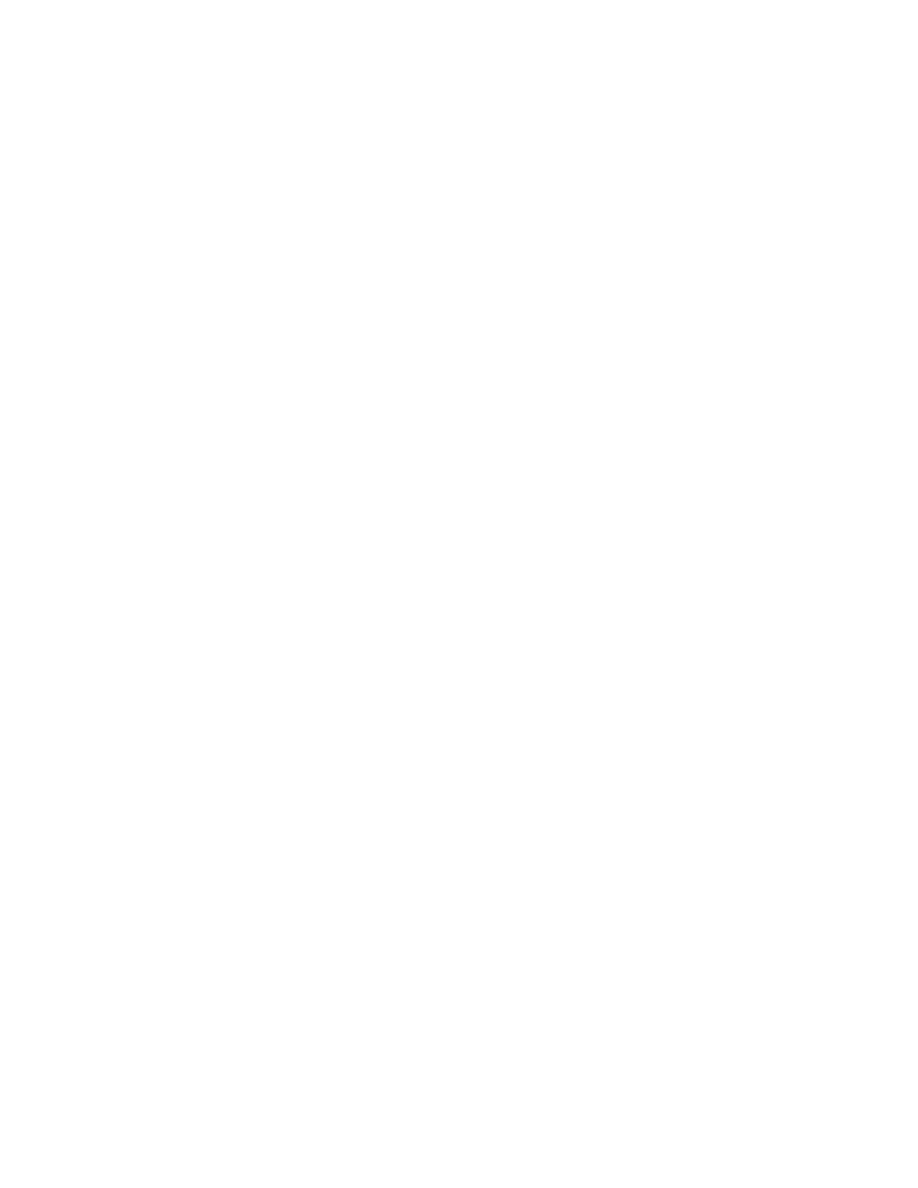Grand Marquis V8-4.6L VIN V Flex Fuel (2006)

Wheel Hub: Testing and Inspection
Inspection and Verification
Certain axle and driveline symptoms are also common to the engine, transmission, wheel bearings, tires and other parts of the vehicle. For this reason,
be sure that the cause of the trouble is in the axle before disassembling, adjusting or repairing the axle. Refer to Vehicle/Testing and Inspection.
Certain driveshaft vibration symptoms are common to the front accessory drive (FEAD), the engine, transmission or tires. Be sure the cause is the
driveshaft before repairing or installing a new driveshaft. Refer to Vehicle/Testing and Inspection.
Certain symptoms may be caused by Traction-Lok differentials. Check the vehicle certification label and axle identification tag to determine the type
of differential. Refer to Vehicle/Application and ID.
Noise Acceptability
NOTE: A gear-driven unit will produce a certain amount of noise. Some noise is acceptable and audible at certain speeds or under various driving
conditions such as a newly paved blacktop road. Slight noise is not detrimental to the operation of the axle and is considered normal.
With the Traction-Lok differential axle, slight chatter noise on slow turns after extended highway driving is considered acceptable and has no
detrimental effect on the locking axle function.
Universal Joint (U-Joint) Inspection
WARNING: The electrical power to the air suspension system must be shut off prior to hoisting, jacking or towing an air suspension vehicle.
This can be accomplished by turning off the air suspension switch. Failure to do so can result in unexpected inflation or deflation of the air
springs, which can result in shifting of the vehicle during these operations.
Place the vehicle on a frame hoist and rotate the driveshaft by hand. Check for rough operation or seized U-joints. Install a new U-joint if it shows
signs of seizure, excessive wear or incorrect seating.
Analysis of Leakage
Clean up the leaking area enough to identify the exact source. An axle leak can be caused by:
^
Axle lubricant level is too high
^
Worn or damaged axle shaft seals or differential seals
^
Differential housing is cracked
^
Flange yoke seal is Worn or damaged
^
Pinion flange is scored or damaged
^
Axle cover is not scaled
^
Vent is plugged
Repair the axle as necessary. Make sure the axle lubricant is at the correct level. Refer to Specifications.
Axle Vent
NOTE: If a plugged vent cannot be cleared, install a new one.
A plugged vent will cause excessive seal lip wear due to internal pressure buildup. If a leak occurs, check the vent. Make sure the vent hose is not
kinked. Remove the hose from the vent nipple and clear the hose of any foreign material. While the hose is removed, pass a length of mechanic's wire
or a small diameter Allen wrench in and out of the vent to clean it. Connect the hose when done.
Flange Yoke Seal
Leaks at the axle drive pinion seal originate for these reasons:
^
Seal was not correctly installed
^
Poor quality seal journal surface
Any damage to the seal bore (dings, dents, gouges or other imperfections) will distort the seal casing and allow leakage past the outer edge of the axle
drive pinion seal.
The axle drive pinion seal can be torn, cut or gouged if it is not installed carefully. The spring that holds the axle drive pinion seal against the pinion
flange may be knocked out and allow leakage past the lip.
The rubber lips can occasionally become hard (like plastic) with cracks at the oil lip contact point. The contact point on the pinion flange may blacken,
indicating excessive heat. Marks, nicks, gouges or rough surface texture on the seal journal of the pinion flange will also cause leaks.
A new pinion flange must be installed if any of these conditions exist.
Metal chips or sand trapped at the sealing lip can also cause oil leaks. This can cause a wear groove on the pinion flange and heavy pinion seal wear.
